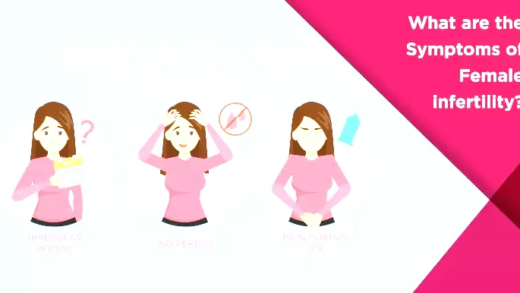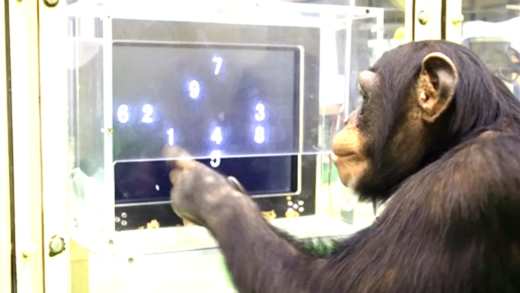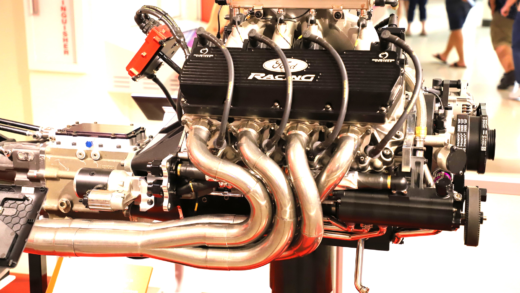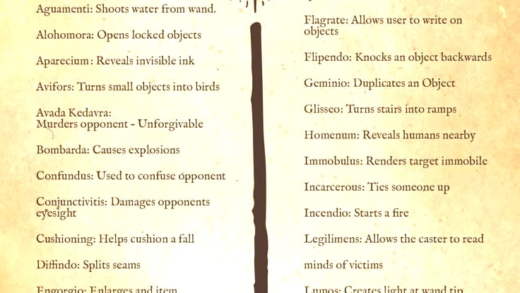This article covers everything you need to know about hummingbird food, including how to make nectar, cleaning feeders, identifying bad food, and attracting more hummingbirds. Key points include using the correct sugar to water ratio, cleaning protocols, signs of spoilage, and alternatives to homemade food. Tips for attracting more hummingbirds are also provided, ensuring a thriving feeding station in your garden.
What You Need to Make Hummingbird Food
Hummingbird food is essential for attracting these delightful birds to your garden. To make the best nectar, you’ll need a few key ingredients and tools:
- White granulated sugar: This is the primary ingredient. Avoid using brown sugar, honey, or artificial sweeteners, as they can be harmful to hummingbirds.
- Water: Clean water is crucial. Tap water is generally fine, but if your water supply is treated with chemicals, consider using distilled or boiled water.
- A clean container: A pot or saucepan to mix your ingredients. It should be free from any residues that could contaminate the nectar.
- A stirring utensil: A spoon or whisk to mix the sugar and water thoroughly.
- Measuring cups: To ensure the correct sugar to water ratio, accurate measurements are key.
Gathering these items is the first step towards creating a successful feeding station for hummingbirds. Ensure everything is clean to prevent any harmful bacteria from affecting the birds.
Mixing the Perfect Nectar
To make hummingbird nectar, the process is simple. Start with your clean container and add the correct measurements of sugar and water. Stir the mixture until the sugar is completely dissolved. This is crucial because undissolved sugar can lead to a sticky mess and may not provide the energy the birds need.
It’s important to let the nectar cool if you’ve used hot water for dissolving the sugar. Warm nectar can be harmful to the birds. After cooling, pour the nectar into your feeder. Always ensure the feeder is clean before adding the nectar to avoid contamination.
Following these steps ensures you provide a nutritious and safe food source for hummingbirds, encouraging them to visit your yard.
Sugar to Water Ratio
Understanding the sugar to water ratio for hummingbirds is vital for making effective nectar. The standard ratio is 1 part sugar to 4 parts water. This means for every cup of sugar, you should use four cups of water. This ratio mimics the natural sugars found in flower nectar, which hummingbirds rely on for energy.
For example:
- 1 cup of sugar + 4 cups of water = Ideal nectar
- 2 cups of sugar + 8 cups of water = More nectar for larger feeders
Always remember to mix well and let the nectar cool down before filling your feeder. If you notice hummingbirds aren’t visiting your feeder, it might be worth checking the sugar ratio. Too little sugar may not provide enough energy, while too much can be harmful. Keeping the right balance is key to keeping your feathered friends happy and healthy.
Cleaning Your Hummingbird Feeder
Cleaning your hummingbird feeder is essential for maintaining the health of these birds. A dirty feeder can harbor harmful bacteria and mold, which can make hummingbirds sick. Follow these steps to safely clean your feeder:
- Disassemble the feeder: Take apart all removable parts. This includes the base, nectar container, and feeding ports.
- Wash with hot, soapy water: Use a mild dish soap and hot water to scrub all components. A bottle brush can help reach those tricky spots.
- Rinse thoroughly: Ensure that no soap residue remains, as it can be harmful to the birds. Rinse each part under running water until it’s clear.
- Disinfect (optional): For extra safety, soak the feeder in a solution of one part vinegar to four parts water for about 30 minutes. Rinse well afterward.
- Dry completely: Let all parts air dry before reassembling. Moisture can promote mold growth.
Cleaning your feeder every 1-2 weeks is recommended, or more frequently during hot weather. Keeping your feeder clean ensures that the nectar remains safe and appealing to hummingbirds.
When to Clean and Refill
Knowing when to clean and refill your hummingbird feeder is crucial for maintaining a healthy feeding station. Regular maintenance will ensure that the nectar stays fresh and free of contaminants. Here are some guidelines:
- Frequency: Clean and refill your feeder every 1-2 weeks. In hotter weather, check it more often, as nectar can spoil quickly.
- Signs of depletion: If you notice that the nectar level is low, it’s time to refill. Hummingbirds are active feeders, and they will appreciate a constant supply.
- Visual inspection: Always check the nectar for cloudiness or signs of mold before refilling. If you see any, clean the feeder thoroughly before adding fresh nectar.
By adhering to a regular cleaning and refilling schedule, you’ll attract more hummingbirds to your yard, ensuring they have a safe and reliable food source.
Signs of Bad Hummingbird Food
Identifying signs of bad hummingbird food is vital for the health of the birds visiting your feeder. Spoiled nectar can harm these delicate creatures. Here are some signs to watch for:
- Cloudiness: If the nectar appears cloudy, it’s a clear sign that bacteria or mold may be present.
- Mold growth: Visible mold, especially around the feeding ports, is a major red flag. Mold can be dangerous for hummingbirds.
- Off smell: If the nectar has a sour or unusual smell, it’s best to discard it and clean the feeder.
- Unattractive color: If the nectar has changed color significantly, it may indicate spoilage.
Always prioritize the health of the hummingbirds by ensuring they have access to fresh and clean nectar. Regular checks can help prevent any issues and keep your feathered friends happy.
Food Coloring: Should You Add It to Your Hummingbird Nectar?
When preparing hummingbird food, you might be tempted to enhance its appearance with food coloring. However, adding any dye is not recommended. The bright color of natural nectar attracts hummingbirds just fine without any artificial enhancements. In fact, food coloring can be harmful to birds. Many dyes contain chemicals that can be toxic to these delicate creatures.
Instead of using food coloring, focus on providing a clean, clear nectar solution. If you want to attract hummingbirds, place your feeder in a sunny location where the natural light can make the nectar sparkle. This will naturally catch their attention. Remember, a healthy and natural approach is best for your feathered friends!
What to Do About Mold: Steps to Take if You Find Mold in Your Feeder
Finding mold in your hummingbird feeder can be alarming. Mold can be dangerous for the birds, potentially leading to health issues. If you discover mold, take immediate action:
- Remove the feeder: Take the feeder down and empty any remaining nectar.
- Disassemble: Take apart all removable parts of the feeder.
- Clean thoroughly: Use hot, soapy water to scrub all parts, focusing on areas where mold may have settled. A bottle brush is ideal for hard-to-reach spots.
- Disinfect: Soak the feeder parts in a mixture of one part vinegar to four parts water for about 30 minutes to kill any remaining mold spores.
- Rinse and dry: Rinse everything well under running water to remove any soap or vinegar residue and let it dry completely before reassembling.
Regular cleaning and checks can help prevent mold from becoming a problem in the first place. Always keep an eye on your feeder, especially in warm weather when mold can grow quickly.
Alternatives to Homemade Hummingbird Food
If you’re not up for making your own hummingbird food, there are alternatives available. Many stores sell pre-made hummingbird nectar that can save you time. These products are designed to mimic the natural nectar found in flowers and are often ready to use. Here are some points to consider when choosing alternatives:
- Check ingredients: Ensure that the product does not contain artificial sweeteners or dyes, as these can be harmful.
- Consider ready-to-use options: Some brands offer instant nectar that only requires water to mix, making it quick and easy.
- Look for organic products: Organic options can provide peace of mind regarding the quality of ingredients used.
While homemade nectar is often preferred, these alternatives can be convenient, especially for those who want to quickly set up a feeding station.
Attracting More Hummingbirds: Tips to Bring More of These Beauties to Your Feeder
Attracting more hummingbirds to your feeder can be a rewarding experience. Here are some effective tips to help you draw these beautiful birds in:
- Choose the right feeder: Select a feeder with bright colors, particularly red, as hummingbirds are naturally drawn to these hues.
- Place feeders in safe locations: Position feeders near flowering plants but away from potential predators like cats.
- Provide multiple feeders: Installing several feeders can help accommodate more birds and reduce competition.
- Keep feeders clean: Regularly clean and refill feeders to ensure fresh nectar, which is essential for attracting hummingbirds.
- Plant native flowers: Incorporate nectar-rich plants in your garden, such as bee balm, salvia, or trumpet vine, to create a natural food source.
By implementing these tips, you can create a welcoming environment that encourages more hummingbirds to visit your yard and enjoy the nectar you’ve provided.





Comments are closed.